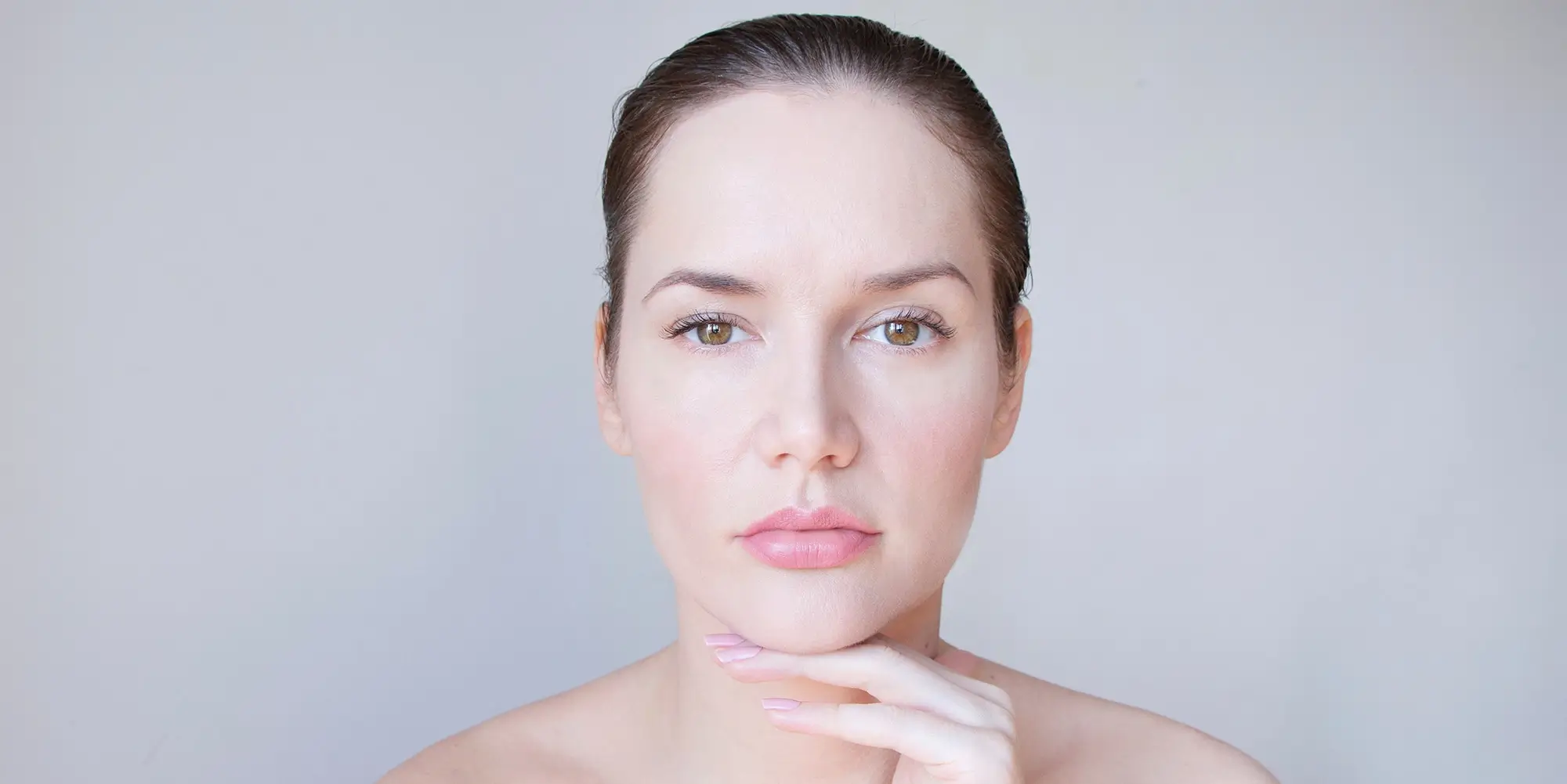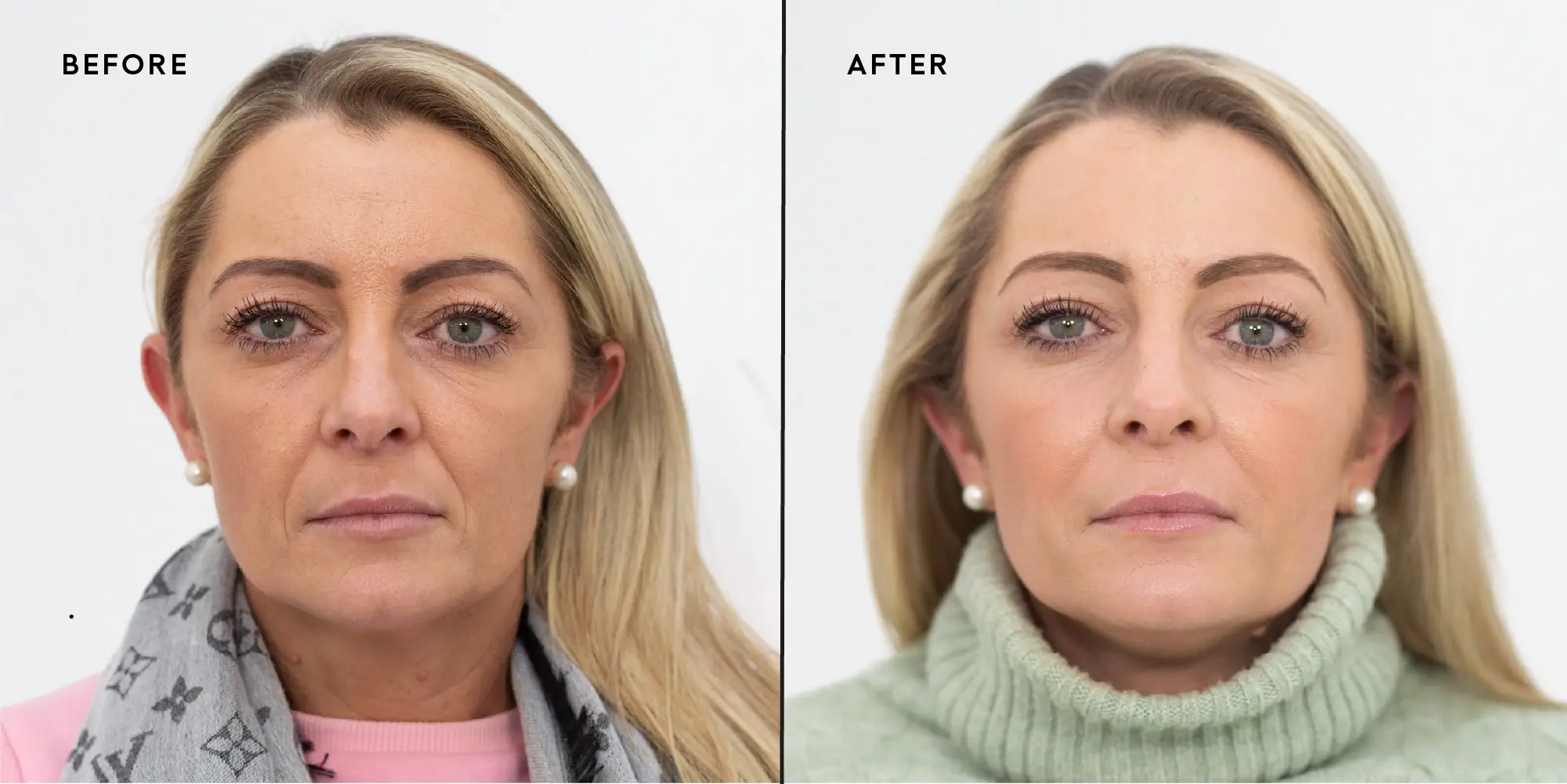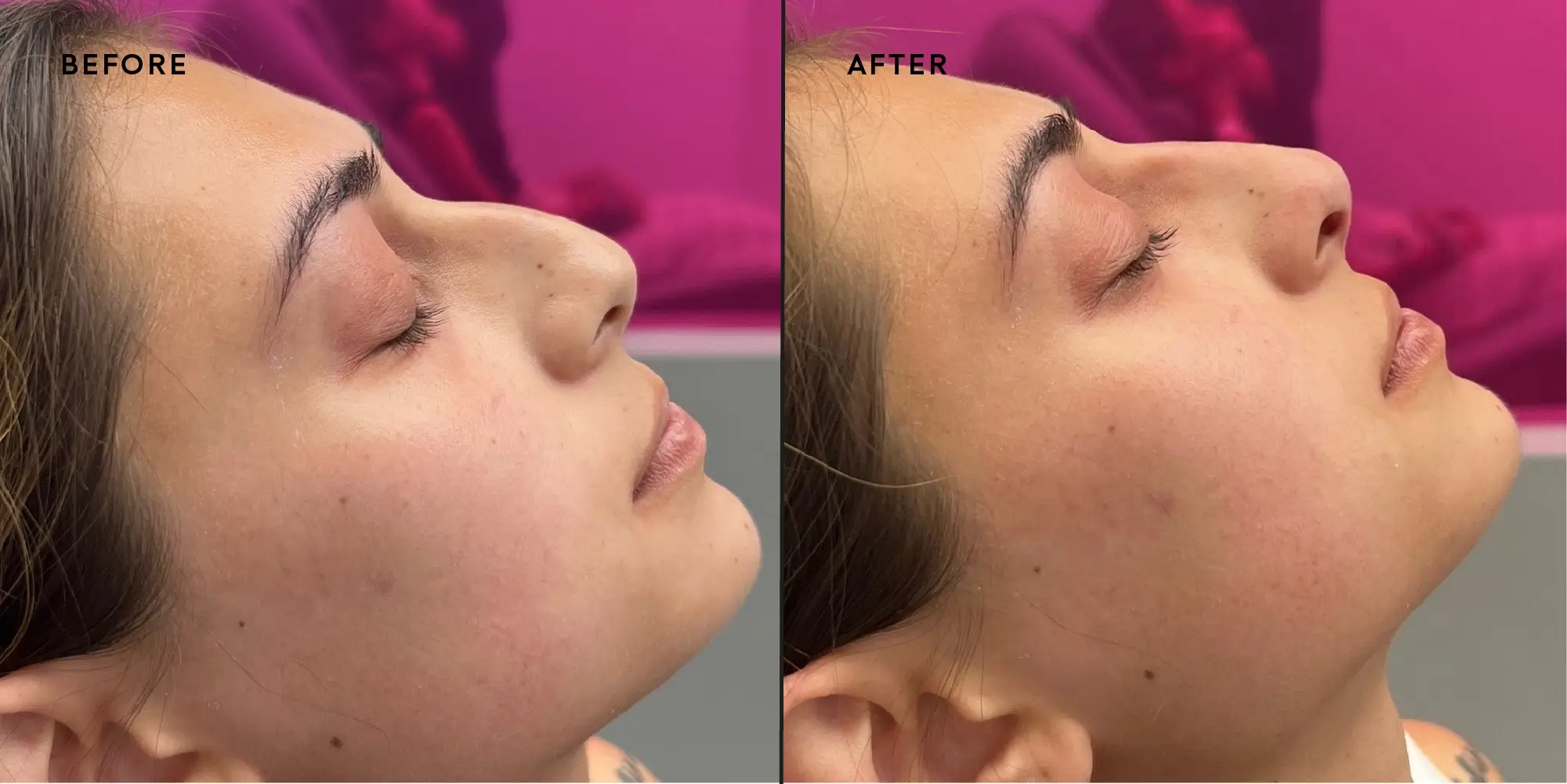
Did you know that almost everyone has a face that’s a little bit asymmetrical? That means if you imagine a line right down the middle of your face, one side will look slightly different from the other. Usually, this difference is so small that people don’t notice it at a glance. We rarely study the symmetry of other people’s faces closely, but many of us do compare our own faces in the mirror and spot those little differences.
Facial asymmetry happens for a few reasons. It can be something we inherit from our family, or it can develop over time because of how we live, like how we sleep or spend time in the sun. If you’ve noticed asymmetry in your face and want to improve it, you should know there are safe and non-invasive options available like Botox and dermal fillers. Let’s take a closer look at what facial balance means and how you can achieve it.
What Is Facial Asymmetry?
Facial asymmetry simply means that the two sides of your face aren’t exactly the same. It’s a natural part of being human. In fact, scientific studies show that most people’s faces are slightly uneven. The differences are usually subtle and don’t affect your overall appearance.
Why Is My Face Asymmetrical?
There are several reasons why your face might have some asymmetry:
- Genetics
Some people inherit facial features from their parents or family members that aren’t perfectly symmetrical. Certain genetic traits or conditions can influence how balanced your face looks. If you look at your relatives, you might notice similar traits.

- Aging
As we grow older, our skin loses collagen and elasticity. This causes skin to sag a bit, and sometimes each side of the face ages at a slightly different pace. This can increase facial asymmetry over time.

- Sun Exposure
Sunlight can damage the skin unevenly. For example, a truck driver who spends hours with one side of their face exposed to sunlight will likely develop more wrinkles and skin changes on that side, making their face look more uneven.

- Lifestyle Habits
Things like sleeping mostly on one side, smoking, or resting your face on your hand often can all contribute to facial asymmetry. Research even shows people who sleep on one side tend to have more noticeable differences between the two sides of their face.

How Can You Tell if Your Face Is Asymmetrical?
If you’re curious whether your face is asymmetrical, there’s a simple way to check. Take a straight-on photo of your face, then use an app or photo editor on your phone to flip the image horizontally a few times. By comparing the original and flipped photos, you can see if one side looks different.
Another way is to print the photo and draw a line down the center with a ruler to compare each side, but that’s more time-consuming.
Remember, having some asymmetry doesn’t make you any less beautiful. It’s completely normal!
What Is Facial Balance?
Facial balance is a term used in aesthetics to describe the goal of making your facial features look more even and harmonious. It’s about creating a pleasing symmetry that enhances your natural look.
Each person’s face is unique, so there isn’t one single method that works for everyone. When you visit a specialist, like a doctor at a clinic, they’ll assess your face and suggest treatments tailored to your needs.
Why Is Facial Symmetry Important?
Humans are naturally drawn to symmetrical faces. Studies have shown that people generally find symmetrical faces more attractive. This might be because symmetrical features can subconsciously signal health and good genetics.
Although symmetrical faces don’t always mean better health, our brains are wired to notice balance in features. When shown two versions of a face—one symmetrical and one asymmetrical—people often prefer the symmetrical one.

How to Improve Facial Symmetry
You can’t change everything about your face, especially things like the size of your eyes. But many areas where asymmetry is common can be improved with treatments. These areas include the nose, cheeks, chin, and eyebrows.
Here are some popular ways to balance facial asymmetry:
Dermal Fillers
Dermal fillers are injections that add volume to specific parts of the face. They’re made from a safe substance called hyaluronic acid, which naturally occurs in the body. Fillers can restore lost volume from aging or help reshape areas to look more even.
Some common uses of dermal fillers for facial balance include:
- Nose: The nose is the center of your face, so even small changes can make a big difference. If you have bumps or uneven slopes on your nose, fillers can smooth them out and create a straighter, more balanced look without surgery.
- Cheeks: Sometimes one cheek looks sunken because of habits like sleeping on one side. Adding filler can restore volume and even out the cheeks for a more symmetrical appearance.
- Jawline and Chin: The shape of your jaw and chin strongly influences facial symmetry. Fillers can contour these areas to improve overall balance and definition.
Dermal fillers typically last between six to twelve months, depending on where they’re applied.

Botox
Botox is a treatment that relaxes muscles to smooth wrinkles and fine lines. Unlike fillers, Botox doesn’t add volume but works by temporarily reducing muscle activity.
Botox can help with facial asymmetry in several ways:
- Masseter Muscle Reduction: If you grind your teeth or chew more on one side, the jaw muscles (masseters) can become larger on that side, making your face look uneven. Botox can relax these muscles to create a slimmer and more balanced jawline.
- Gummy Smile Correction: If your upper lip lifts too high when you smile, showing too much gum on one side, Botox can relax the muscles to create a more even and natural smile.
- Eyebrow Lifting: Many people have uneven eyebrows, which affects facial balance. Botox can give a subtle lift to one brow to even out the arches and improve overall harmony.

Lifestyle Tips to Help
Besides treatments, you can also take some small steps in daily life to help reduce facial asymmetry:
- Try to avoid sleeping on just one side every night. Switching sides can help prevent one side from getting more pressure and sagging.
- Protect your skin from the sun by wearing sunscreen and hats, especially if one side is often exposed.
- Avoid resting your face on your hands or leaning on one side too much.
Final Thoughts
Facial asymmetry is completely normal and common. It doesn’t make you any less attractive or special. But if it bothers you, there are many safe and effective ways to improve facial symmetry and balance.
Non-invasive treatments like dermal fillers and Botox can make subtle but noticeable changes to help even out your features and enhance your natural beauty.
If you’re interested in learning more about how to balance facial asymmetry, consider consulting a qualified aesthetic doctor who can recommend personalized options just for you.
Remember, every face is unique, and the goal is to feel confident and happy with your appearance—symmetrical or not!
